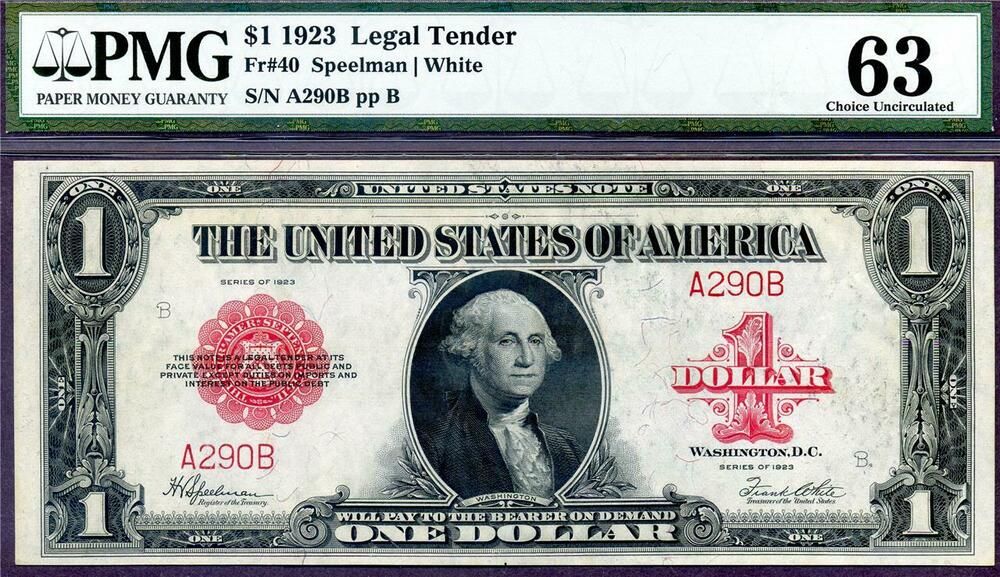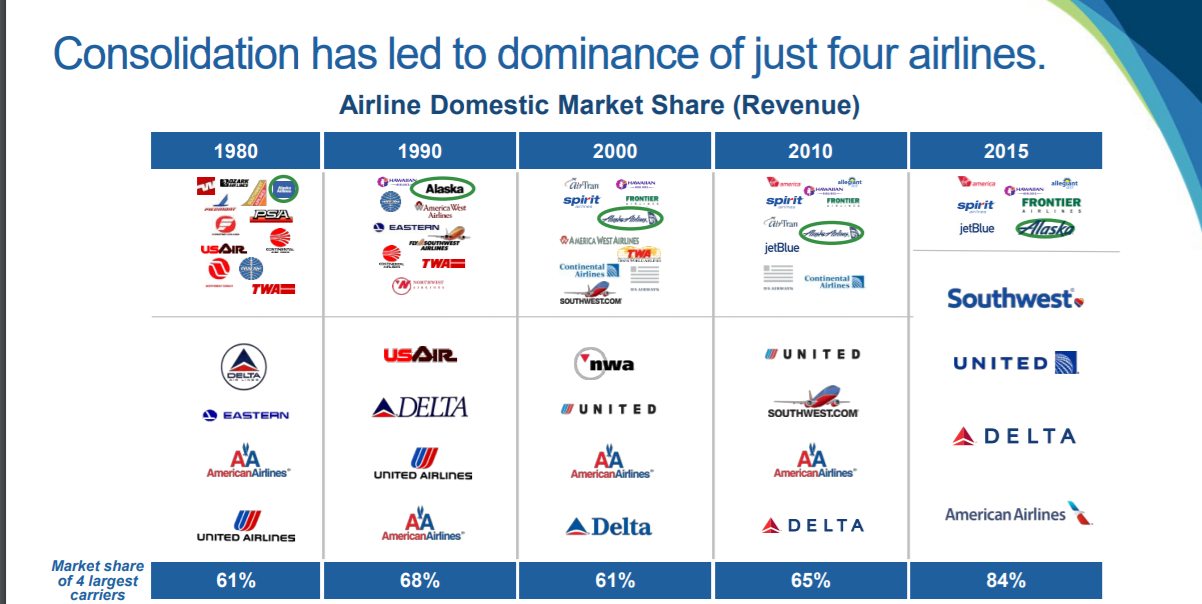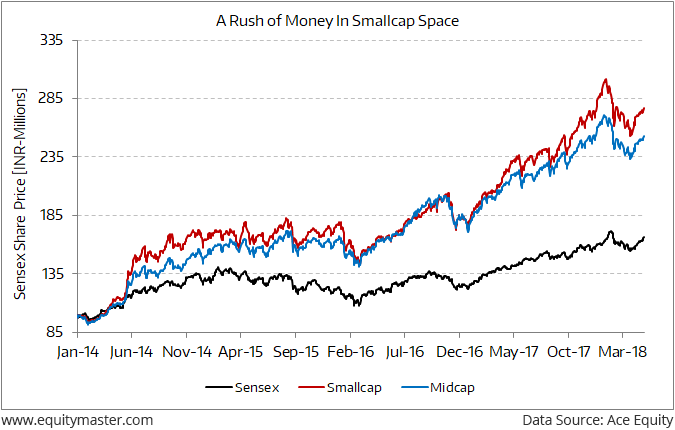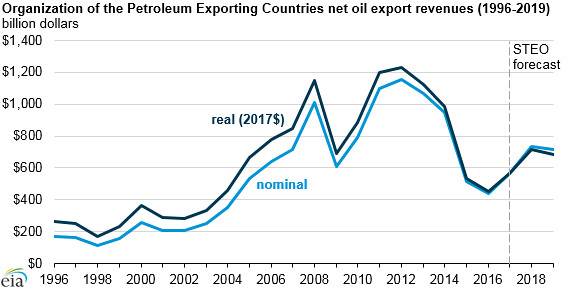Contents:


Directly from borrowers can get at least 20% of their working capital requirements directly from the market at rates which can be more advantageous than borrowing through a bank. Commercial paper is an unsecured and discounted promissory note issued to finance the short-term credit needs of large institutional buyers. Banks, corporations, and foreign governments commonly use this type of funding. Bright Co. successfully obtains funding through commercial papers. For lenders, the total profit on the commercial paper will be $1.5.
Non-residents are permitted to invest in Commercial papers under Foreign Exchange Management Act, 1999. Tradability of Commercial Paper provides investors with exit options. – In this unsecured kind, the paper isn’t backed by pledging any asset and is allotted without any security. Commercial paper should be excluded from the stipulations on insecure advances in the case of banks.

In more technical terms, to be a holder in due course, the party must take the paper for value, in Good Faith, and absent the notice that it is overdue, has been dishonored, or is subject to an adverse claim. Such notice of problems affecting the validity of the instrument exists if the party either is specifically informed about something or otherwise has reason to believe in the existence of a problem. An individual who signs an instrument is either primarily or secondarily liable for payment.
Commercial Paper Example
It is true that commercial paper has low rates of return that often don’t even keep up with inflation. In February 2021, the average monthly interest rate on a 90-day nonfinancial commercial paper loan was just 0.08%. Specifically, Tether is reportedly backed by reserves that include some digital tokens and commercial paper—short-term debt issued by companies. It contributes additional funds because the cost of the paper to the issuing company is lower than the cost of commercial bank loans. Commercial paper is typically issued at a discount from face value, reflecting market interest rates at the time.
Crane 100 Index Poised to Break 4.50%; Boston Globe on Fidelity’s … – Crane Data LLC
Crane 100 Index Poised to Break 4.50%; Boston Globe on Fidelity’s ….
Posted: Tue, 28 Mar 2023 02:14:14 GMT [source]
Those who obtain commercial paper meanings after the payee are holders if such instrument is either payable to the bearer or endorsed properly to their order. The party in possession is not considered to be the holder in a case in which a necessary endorsement has been forged. The maker of a promissory note is primarily liable, since that person is the individual who has originally promised to pay. He or she must meet this obligation when payment becomes due unless he or she has a valid defense or has been discharged of the debt. An instrument retains its negotiable quality even if it is undated, antedated, or postdated. An undated instrument takes effect immediately upon delivery to the payee.
Meaning of commercial paper in English
There is no obligation to pay a time note until the date designated on its face. The commercial paper issues in the US are exempted from the requirement if the issue of prospectus so long as proceeds are used to finance current transitions and the paper’s mortuary is less than 270 days. Investment in the commercial paper can be made by any person or banks or corporate bodies registered or incorporated in India and un-incorporated bodies too.
- As with any other type of debt investment, commercial paper offerings with lower ratings pay correspondingly higher rates of interest.
- Papers that are payable on demand are payable upon presentation, such as checks.
- Commercial paper is an unsecured, short period debt tool issued by a company, usually for the ûnance and inventories and temporary liabilities.
- The bank is also involved in this type of commercial paper, and it instructs the issuer to pay a specific amount to the payee at a certain time.
- On the other hand, the draft is a paper that allows the drawer to pay the drawee.
It was initially recommended by Vaghul working Group on the basis of the following points. Investors in commercial paper are usually institutions rather than individuals, due to the large minimum denominations involved. Bonds pay interest at regular intervals over the life of the loan. Though both instruments result in a return of capital at the maturity date of the instrument, bonds also make payments along the way. The minimum denomination of commercial paper is $100,000 and it pays a fixed rate of interest that fluctuates with the market. Imagine this scenario to get an idea of what a commercial paper is; You had lunch in a restaurant and the bill is ₹900, you give ₹2000 note but the cashier does not have a chance to give it back.
Future of Commercial Paper in India:
A company can sell its commercial paper directly to investors, such as money market funds, or through a dealer in exchange for a small commission. The commercial paper is issued in the form of using promissory notes, negotiable by endorsement and delivery. The rate of discount could be freely determined by the issuing company. The issuing company has to bear all flotation cost, including stamp duty, dealers, fee and credit rating agency fee. A Commercial paper is a new addition in the money market of India. It is the monetary instrument issued by corporate bodies in the nature of promissory note.

The nature of commercial paper makes it most suitable for institutional investors and perhaps wealthy individuals to buy it directly. Smaller investors are most likely to have exposure to it through products such as money market funds. It includes bills of exchange, delivery order, promissory note, customer receipt, etc. By meeting these qualifications it may be issued without U.S. federal government regulation, that is, it need not be registered with the U.S.
Once a https://1investing.in/ becomes established, and builds a high credit rating, it is often cheaper to draw on a commercial paper than on a bank line of credit. Nevertheless, many companies still maintain bank lines of credit as a « backup ». They must therefore put aside equity capital to account for potential loan losses also on the currently unused part of lines of credit, and will usually charge a fee for the cost of this equity capital.
After issuance of IPA certificate, issuer shall send such certificate along with Corporate Action Form to RTA and Depository for the purpose of allotment of CPs. The RTA will issue instruction to credit the securities account. On receipt of funds, IPA will pass delivery instructions to its Depository Participant to transfer the securities to investor’s account.
Whether a Commercial Paper can be issued at different dates by the same issuer?
The pledge or order for payment must be unconditional to insure certainty that the instrument will be paid, since it is used in place of money and as a means of obtaining credit. Another aggregate amount shall not exceed 20% of the issuer’s fund based working capital. Unsecured Commercial Papers – These are traditional papers and allotted without any security.Secured Commercial Papers – It is also known as Asset-Backed Commercial Papers and assured by other ûnancial assets. Please read all scheme related documents carefully before investing. Minimum credit rating of P-2 from CRISIL or equivalent rating from ICRA/CARE. The tangible net worth of the firm issuing a commercial paper is not less than Rs. 4 crores.
So to increase the short-term borrowings the companies that are already having higher ratings will use commercial papers. Since they are using the bank and large corporations it is easier to get through the short-term obligations that are faced by newer projects. And in another way, we could say that by using commercial paper it is easier for any investor to get through the processing even faster.
And the surprising fact is that the commercial paper does have a validity of maturity from a minimum of 7 days. The only thing we must take care of is that the period must not get over the credit rating date of the owner. So that is why the companies that are having a huge rating are given it.

As the RBI does not want to risk the funds, only the firms having good credit ratings can issue the commercial paper. Frequently, a due date is clearly specified on the face of the document. A holder is presumed to have knowledge of the terms appearing on the paper. If an individual is presented with a note on May 15 that is payable on May 1, he or she is regarded as having knowledge that it is overdue.
